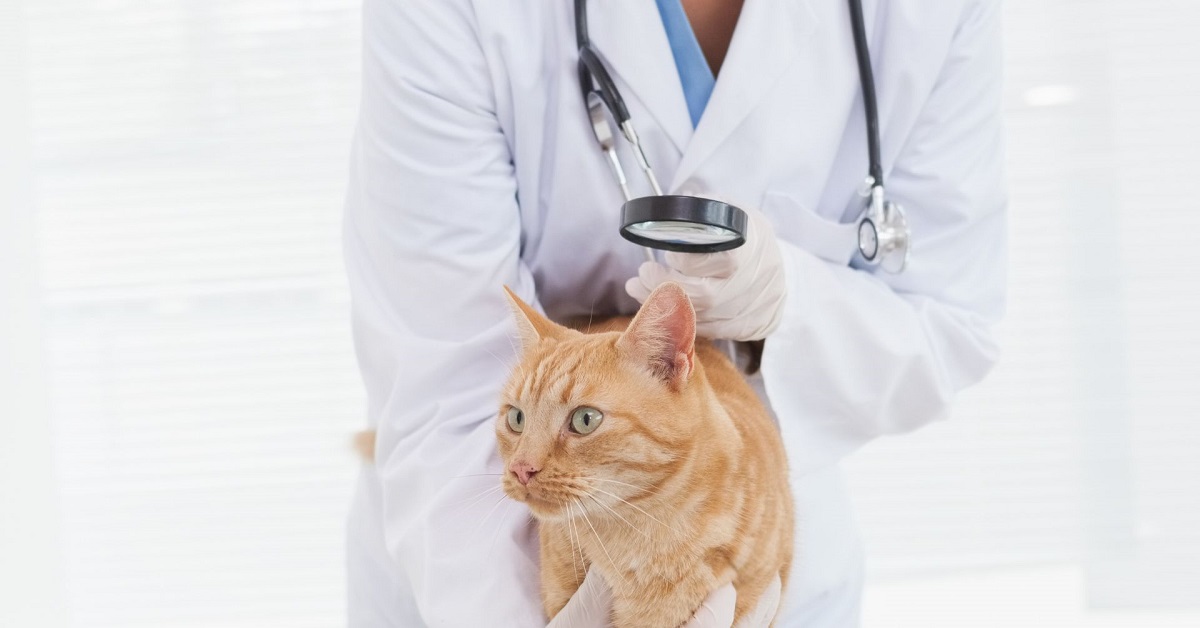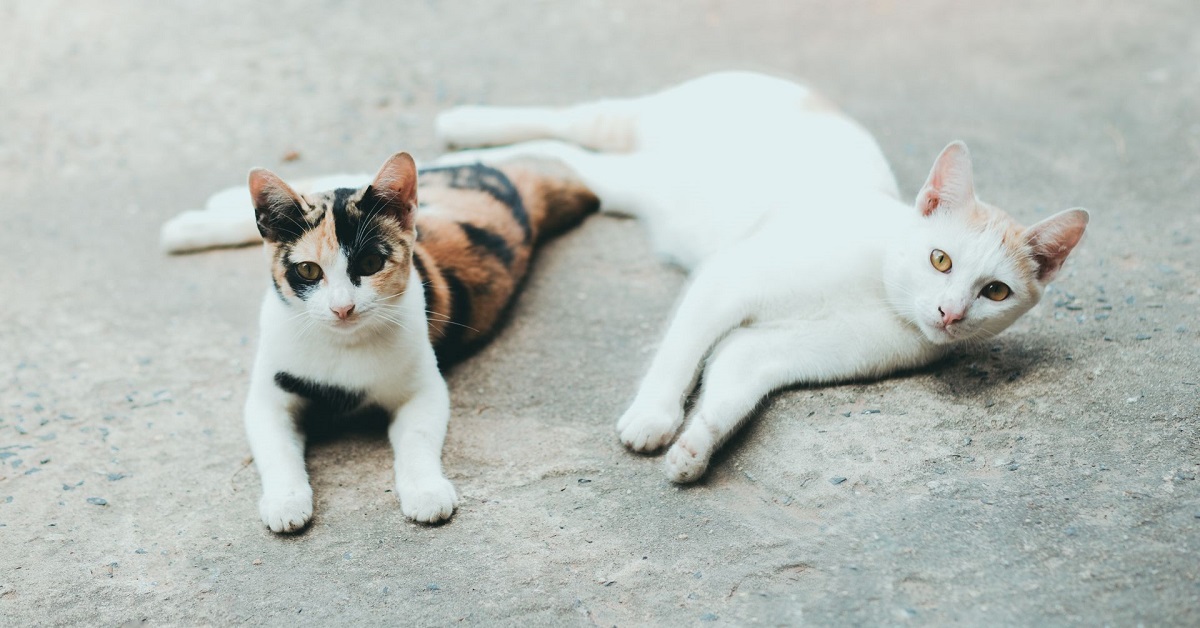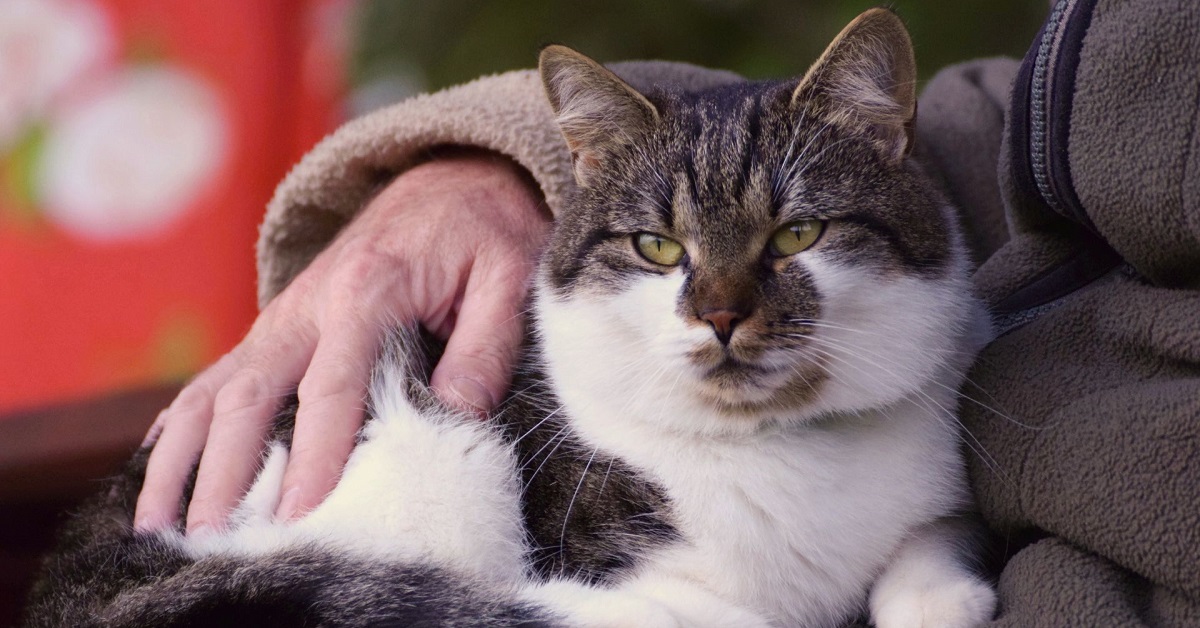Vetpharmacy.co.uk Cookie Policy : We use cookies to enhance your user experience. To find out more please view our cookie policy
What are The Most Common Skin Conditions in Cats?

Skin serves as a protective shield between a cat's body and the outer environment. That barrier may not function properly in cats with skin issues. It impairs their body's defences and, frequently, causes excruciating suffering. Continue reading for more information on skin conditions in cats and how to manage them.
Cat skin conditions are often simple to identify. However, there are countless reasons why cats get skin problems; therefore the only way to be certain is to take your cat to the vet.
Symptoms of skin conditions in cats
There are numerous signs that your cat's skin may be having issues. Cats itch, scratch, and bite their fur continuously to relieve symptoms of cat allergies. They also lick their fur to treat infections.
If your cat exhibits any of the following signs, call your veterinarian right away:
- Intensive itching
- Dull fur
- Redness
- Hair loss
- Scabs
- Dry skin
- Excessive grooming
- Acne
- An unpleasant smell
It's crucial to maintain a cat's overall health to keep them free of skin issues.

Common skin conditions in cats
Here are a few of the most common skin issues that affect cats.
Hair Loss skin conditions in cats
Hair loss is one of the most common and visible symptoms of a feline skin condition. Alopecia and barbering (over-grooming) are two distinct symptoms of hair loss.
- Alopecia
It refers to hair follicle-level thinning or complete loss of hair. Almost any cat skin condition, including allergies, parasite infestations, infections, dietary problems, endocrine disorders, and even some malignancies, can cause alopecia.
- Barbering
When a cat bites and grooms excessively it causes barbering, which is a self-inflicted hair thinning.
Itchy Skin (Pruritus)
Itchy skin is a symptom that has a connection to hair loss. Skin irritation produces inflammatory molecules, which then convey messages to the brain and cause the sensation of an itch. This condition is known as pruritus in veterinary medicine.
Miliary Dermatitis
Miliary dermatitis is a common type of feline skin condition that causes the cat's skin to develop several tiny, grainy bumps on the surface.
This condition results from hypersensitivity to flea bites.
Scabs
Scabs develop after something wounds the skin enough to result in bleeding—usually trauma. A scab develops when the blood clots and covers the wound.
Sores
Skin injuries are frequently followed by scabs. It may be easy to spot skin problems on your cat, however, only your veterinarian can tell the difference between abrasions, lacerations, ulcers, punctures, and abscesses.

How can I prevent itchy skin conditions in cats?
The most crucial step in reducing the likelihood of an itchy skin condition for your cat is to keep them on lifelong tick and flea treatment, even if they never go outside and don't exhibit any visible symptoms of the condition.
Beyond that, most preventative techniques focus on alleviating itching or lowering the frequency and intensity of flare-ups.
Primrose and Fish Oils
Supplements containing fish oil and primrose oil offer only moderate alleviation for itchy cats. However, they can complement other treatments already being offered to those animals.
Antihistamines for skin conditions in cats
Similarly, daily oral antihistamine treatment is a method used to lessen the frequency and intensity of flare-ups in cats who are constantly itchy. However, administration to cats who are not itchy at the moment is unlikely to prevent skin disease.
Probiotics
Daily use of probiotics may help avoid various types of itchy skin, according to some emerging research, nevertheless, this is in no way a solution for an itchy cat.
Shop online now at Vet Pharmacy for the best products to help you take care of your cat's skin.
This post was written on behalf of Vet Pharmacy by Pharmacy Mentor.
Updated September 2022